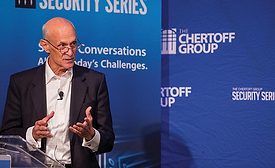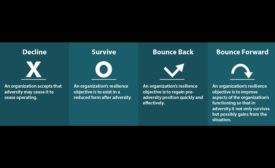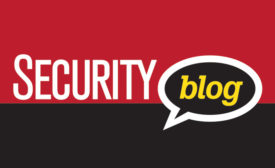- NEWS
- MANAGEMENT
- PHYSICAL
- CYBER
- BLOG
- COLUMNS
- EXCLUSIVES
- SECTORS
- Arenas / Stadiums / Leagues / Entertainment
- Banking/Finance/Insurance
- Construction, Real Estate, Property Management
- Education: K-12
- Education: University
- Government: Federal, State and Local
- Hospitality & Casinos
- Hospitals & Medical Centers
- Infrastructure:Electric,Gas & Water
- Ports: Sea, Land, & Air
- Retail/Restaurants/Convenience
- Transportation/Logistics/Supply Chain/Distribution/ Warehousing
- EVENTS
- MEDIA
- MORE
- EMAG
- SIGN UP!
Home » security risk management
Articles Tagged with ''security risk management''
Over the Horizon: Emerging Security Threats and Risks to the Enterprise
What issues, concerns and risks will you be facing in the near future?
October 1, 2017
University Campuses Take Center Stage
Criminals see campuses and universities as soft targets, while political activists see them as big opportunities.
October 1, 2017
Fraud, Cybersecurity and Banking in Canada
Financial institutions across Canada are positioning themselves for a changing landscape.
September 1, 2017
Sign-up to receive top management & result-driven techniques in the industry.
Join over 20,000+ industry leaders who receive our premium content.
SIGN UP TODAY!Copyright ©2025. All Rights Reserved BNP Media.
Design, CMS, Hosting & Web Development :: ePublishing











